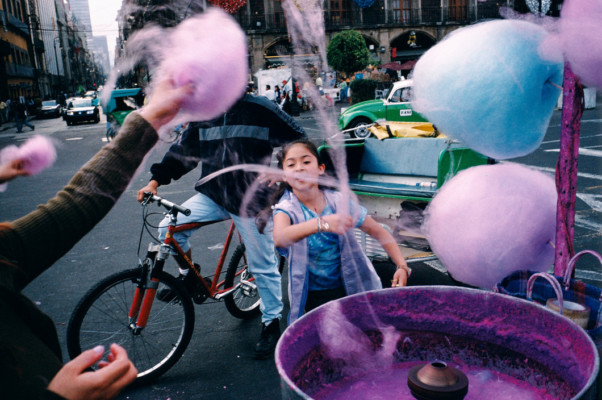In 1952, Alex Webb was born in San Francisco, California. He developed a passion for photography when he was a high school student. At Harvard University, he majored in history and literature, and at the Carpenter Center for the Visual Arts, he studied photography.In 1974, he established his career as a professional photojournalist. His images started to appear in magazines like Life, Geo, the New York Times Magazine, and finally Stern and National Geographic. In 1976, Webb became an associate member of Magnum Photos, and in 1979, he was admitted as a full member.In the American South, Webb traveled widely while reporting on small-town life in black and white. He also started working in Mexico and the Caribbean. Webb started working in color in 1979, and he is still doing so now.
He has since made trips to the Caribbean, Latin America, and Africa. The most well-known works by Alex Webb are his intricate and vivid color images of chance or unexplained events, frequently taken in settings with socio-political unrest. In the past 45 years, Webb has worked in a variety of locations, including the border between the United States and Mexico, Haiti, Istanbul, and most recently, a number of U.S. cities. He describes his art as “questioning and experimental.” “I value images that convey a certain amount of uncertainty and pose more questions than they do,” the photographer once said.
I chose Webb because of his street photography. They all felt very natural and authentic. Every picture just looks like the subjects and the background is at its most natural state and Webb just captured the exact perfect moment. Also, Webbs’ photos feel emotional, I almost have a connection to all the subjects (people) I see in his photos, whether I feel bliss when there’s a photo like the one below, or maybe melancholy when I see pictures of “poor” looking areas and children are seemingly unhappy. I think this takes true talent to have emotion transfer to an audience with the use of just one photo. Another reason I chose Webb was because of his inclusiveness. He used all different kinds of people from all over, in a variety of different scenarios or situations.
I looked at all of the photographer’s photos and Webb’s caught my eyes because of the roughness, authenticity, and mostly the vibrant colors of his photos.What strikes me with this scene he photographs is lively, chance-occurring, and dynamic. Above all else, it is vibrant with a pallet of vivid colors bathed in strong sunlight and punctuated by deep shadows, which has come to be recognized as his style. I was drawn to this particular photo by its familiarity.There is a sense of bustling street activity that I identify with being a city kid myself. The framing is asymmetrical and I would say shot in 3 quarters.I would say the subject matter or focus is the cotton candy and the little girl being that they are the primary point of interest. The photo also contains a bike and carriage, buildings, cars, the street and one tree.





Leave a Reply